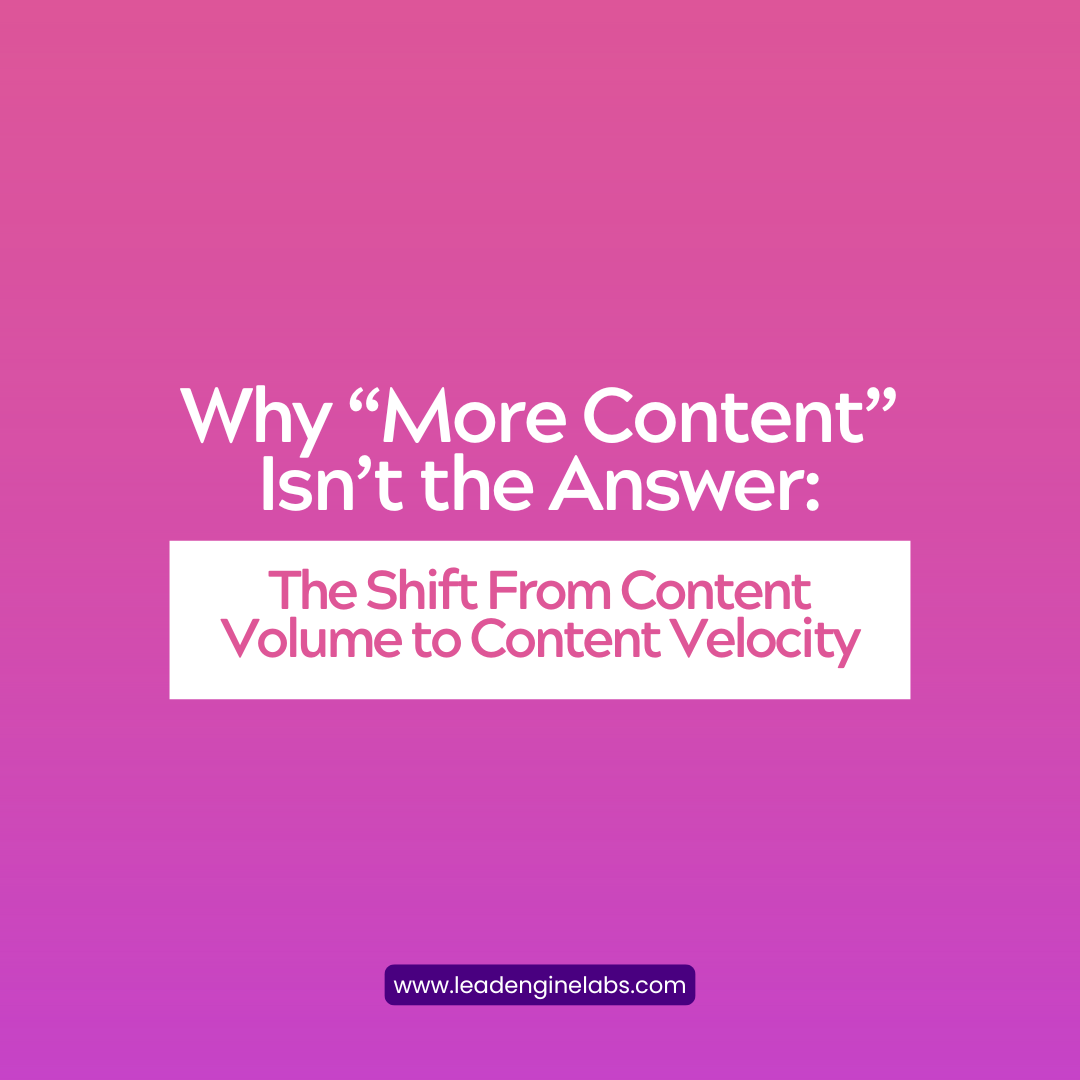Creating high-quality content takes time, effort, and resources. But what if you could take one piece of content and turn it into a whole arsenal of assets? Enter content repurposing—a powerful strategy that maximizes the value of every piece of content you create.
In this post, we’ll explore the hidden ROI of content repurposing, practical ways to implement it, and examples of how to transform one idea into a multi-channel campaign.
You might also want to read: Why B2B Businesses Fail at Content Marketing (and How to Fix It)
What Is Content Repurposing?
Content repurposing is the process of taking existing content and adapting it into different formats, tailored to various platforms and audiences. It’s about working smarter, not harder, to extend the lifespan and reach of your content.
Example: A single whitepaper can become a blog post series, a webinar, a LinkedIn carousel, and more. The possibilities are endless.
Why Content Repurposing Delivers Hidden ROI
1. Maximizes Reach
Different audiences prefer different content formats. Repurposing allows you to meet your prospects where they are—whether that’s on LinkedIn, YouTube, or email.
Example: A blog post can be turned into a short LinkedIn video to engage professionals who prefer visual content.
2. Saves Time and Resources
Creating new content from scratch is time-intensive. Repurposing leverages work you’ve already done, saving resources while maintaining consistent output.
Example: Instead of writing 10 new articles, turn an existing whitepaper into multiple formats like infographics, podcasts, or email series.
3. Boosts SEO
Repurposing content increases the number of pages and posts that target the same keywords or related phrases. This improves your domain authority and helps you dominate search results.
Example: A cornerstone blog post can spawn spin-off articles optimized for long-tail keywords, driving more organic traffic.
4. Improves Audience Engagement
Repurposing allows you to deliver content in the format your audience prefers, boosting engagement rates.
Example: A 3,000-word report might overwhelm some readers, but breaking it into bite-sized Instagram carousels or an email series makes it digestible and actionable.
How to Implement a Content Repurposing Strategy
Step 1: Identify High-Performing Content
Not all content is worth repurposing. Focus on pieces that:
- Perform well in traffic or engagement metrics.
- Address evergreen topics.
- Solve critical pain points for your audience.
Tools to Identify Content:
- Google Analytics: Check for top-performing blog posts.
- Social Media Insights: Find posts with high engagement rates.
- CRM Data: Analyze which content drives leads and conversions.
Step 2: Plan Multi-Channel Distribution
Once you’ve identified content to repurpose, plan how to adapt it for various channels and formats.
Example Workflow:
- Long-Form Blog Post: Start with an in-depth article as your cornerstone content.
- Social Media Posts: Break the article into LinkedIn snippets, Instagram captions, and tweets.
- Infographics: Visualize key data points or takeaways for platforms like Pinterest or LinkedIn.
- Video Content: Record a 2-minute explainer video summarizing the article’s main points.
- Email Series: Split the content into a three-part email sequence.
Read: 10 Tasks Every SMB Should Automate to Save Time and Increase Profits
Step 3: Customize Content for Each Platform
Each platform has unique requirements, so tailor your repurposed content accordingly.
Examples:
- LinkedIn: Create carousel posts or thought-leadership articles.
- YouTube: Develop tutorial videos or explainers based on your content.
- Instagram: Use carousel slides or short reels to highlight key points.
- Email Marketing: Craft short, actionable emails with direct links to the full content.
Step 4: Track Performance and Refine
Monitor the success of your repurposed content to understand what resonates most with your audience.
Metrics to Track:
- Engagement rates (likes, shares, comments).
- Click-through rates (CTR) on links.
- Conversion rates (leads generated or sales closed).
Refine your strategy based on what works. For instance, if LinkedIn carousels perform better than Twitter threads, double down on LinkedIn.
Example: How to Repurpose a Whitepaper Into 10+ Assets
Original Content: A 20-page whitepaper titled “The Future of B2B Marketing in 2024.”
Repurposed Content:
- Blog Posts: Write three separate articles covering different sections of the whitepaper.
- Webinar: Host a live discussion diving into the report’s key findings.
- Social Media Posts: Share quotes, statistics, and insights from the whitepaper as LinkedIn or Instagram posts.
- Infographic: Summarize the report’s trends and data visually.
- Video: Create a short video overview for YouTube or TikTok.
- Email Campaign: Develop a 5-part email series that teases insights and drives downloads of the full report.
- Podcast Episode: Discuss the findings on your company podcast.
- Slide Deck: Present the whitepaper’s highlights as a downloadable presentation for LinkedIn.
This approach turns a single resource into a comprehensive content ecosystem.
The ROI Formula: How to Measure Success
To calculate the ROI of your content repurposing efforts, consider these factors:
- Cost Savings: How much time and money did repurposing save compared to creating new content?
- Reach: How many new audiences did your repurposed content attract?
- Engagement: Did repurposed formats outperform the original in clicks, shares, or leads?
Content repurposing isn’t just a time-saving tactic—it’s a growth accelerator.
By turning one piece of content into multiple assets, you can amplify your reach, engage diverse audiences, and drive more leads with less effort.
At Lead Engine Labs, we specialize in helping businesses create scalable, multi-channel content strategies. Contact us today to discover how repurposing can unlock hidden ROI for your business.





